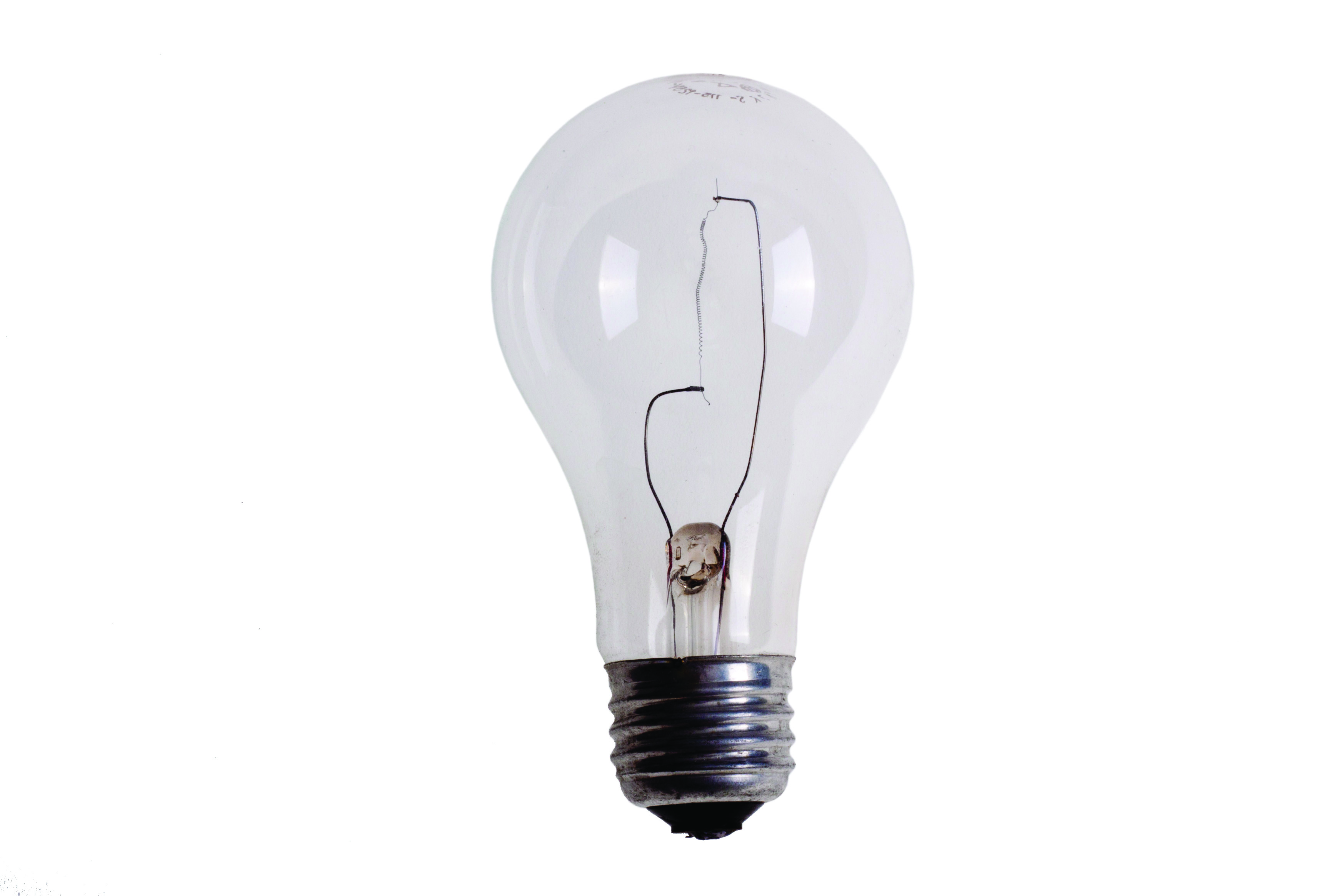CFLs Save Money, But Die Differently Than Incandescent Bulbs
Mar. 2, 2016 | Energy Saving Tips

Don’t be fooled; a popping sound or smoke means a CFL’s end-of-life mechanism works.
Worried when you hear a compact fluorescent lightbulb (CFL) pop or sizzle? Despite confusion caused by an email hoax circulating since April 2010, these sounds signal the bulb is working safely in its final hours. Smoke, a popping noise, and even a slight odor are typical and do not pose a fire risk as claimed in the misleading email.
According to Underwriters Laboratories, Inc. (UL), an independent not-for-profit firm that tests and sets minimum standards for electric-consuming items, about 130-150 million CFLs are sold every year in the U.S. While the bulbs produce 75 percent less heat than their incandescent cousins, differences between the bulbs go deeper than the amount of heat released. As the first wave of CFLs begin reaching the end of their lifespan, consumers are learning the bulbs die differently, too.
“As with any new product, it’s important that consumers understand how it works,” notes John Drengenberg, UL consumer affairs manager.
Most folks know traditional incandescent lightbulbs tend to burn out the same way: a pop, a flash, and, when shaken, the familiar rattle confirming the bulb needs to be changed. With CFLs, light dims over time and the lamp may produce a more dramatic pop, emit a distinct odor, and even release some smoke. Sometimes the plastic at the base of a CFL will turn black, which is normal in most cases as safety standards require applications of special flame-retardant plastics.
“CFLs are one of the products we regularly test to specific requirements for electrical safety, fire, and shock hazards,” Drengenberg notes. “Any popping sounds or smoke that a consumer might see when a CFL burns out means that the bulb’s end-of-life mechanism worked as it should have.”
Consumers should look for the UL mark on packaging when purchasing CFLs. “If a CFL carries the UL mark, consumers know we have investigated it to specific safety requirements,” reports Drengenberg.
What About Mercury?
Ads and packaging materials for compact fluorescent lightbulbs proclaim that they use much less energy and last much longer than standard incandescent bulbs. However,
if you read the fine print on the packaging or find the notice on the base of each bulb, you’ll see that it contains mercury.
While that may raise an alarm in your mind, there’s no need to worry. The amount of mercury inside the glass tubes of an average CFL is miniscule—about the equivalent of the tip of a ballpoint pen and it’s especially small when compared to other items you may have around your home. The amount of mercury in a CFL runs about 4-5 milligrams (mg), while a glass fever thermometer contains 500 mg, and an old-style thermostat could contain up to 3,000 mg.
CFLs are safe to handle and use in your home, and they release no mercury when in operation. Even if you break a CFL, the amount of mercury that may become airborne poses a very low risk of exposure, says ENERGY STAR. (To prevent breakage, carefully
unpack a CFL, and always screw and unscrew the bulb by its base.) When CFLs burn out or break, the best course of action is to recycle them. To find out if there’s a facility or store near you that accepts CFLs, go to the Earth 911 website at www.earth911.org, or call 800-CLEANUP. Be sure to call the facility or store that’s listed before you make the trip, to ensure that it allows homeowners or apartment dwellers to drop off CFLs.